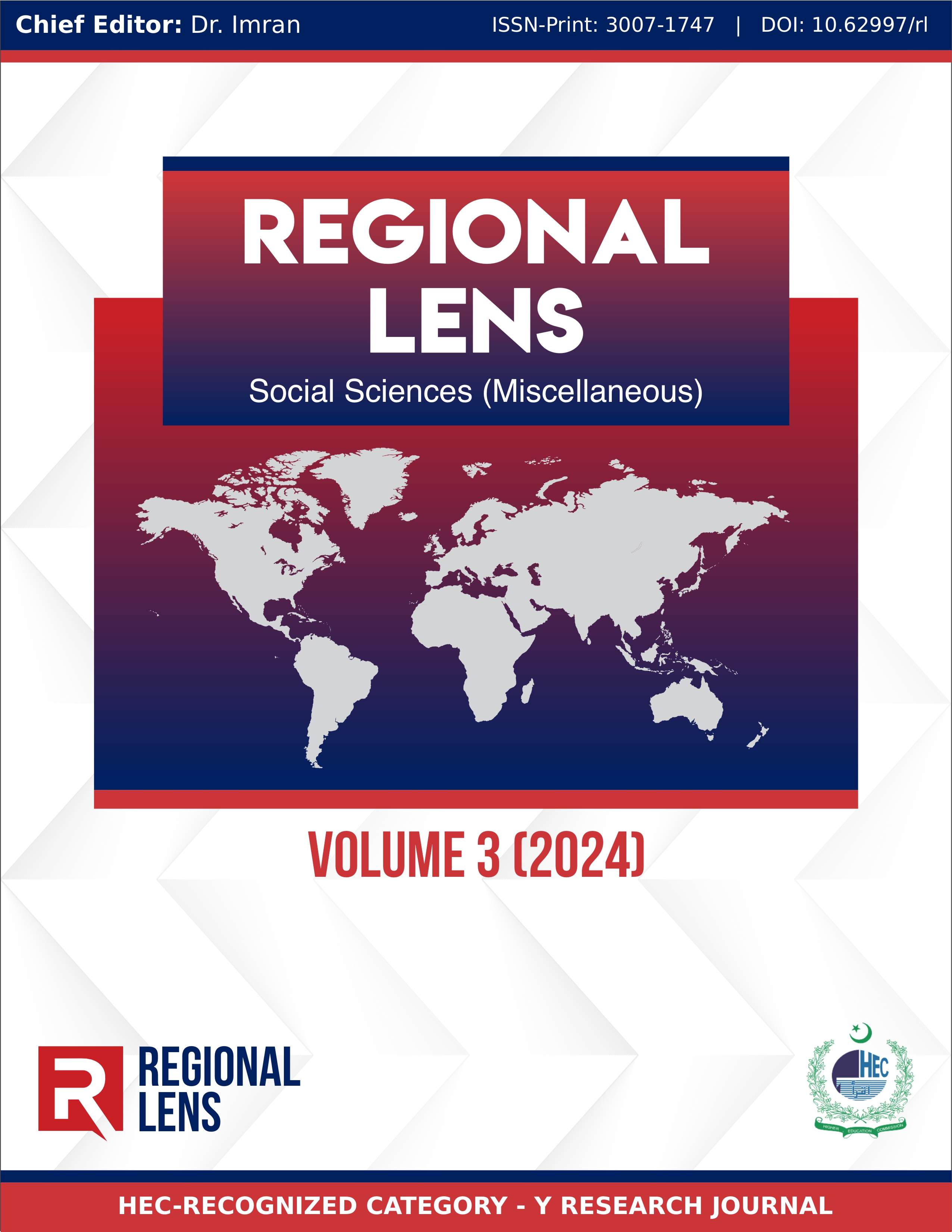A Study of Moral Behavior of University Students
DOI:
https://doi.org/10.62997/rl.2024.31037Keywords:
Moral Behaviour, Moral Awareness, Moral Dilemma, Positive Moral InteractionAbstract
The aim of the study was to explore the moral behavior of university students. The study was quantitative in nature, and the survey method was used for data collection. The population for this study consisted of all graduate and undergraduate students (1500) of Lahore Leads University. The sample consisted of 320 Lahore Leads University undergraduate and graduate students who were chosen at random. A self-developed questionnaire was used to collect the data. The questionnaire consisted of two parts. The first part consisted of demographic variables, and the second part consisted of students' moral behavior. SPSS (Statistical Packages for Social Sciences) was used to analyze the data. Descriptive and inferential statistics were used to analyze the data. Descriptive mean and standard deviation were used to analyze the data. In inferential statistics, independent samples t-test and One-way ANOVA were used to find out the significant differences among demographic variables.
References
Beiranvand, A. D., & Bayat, A. (2022). The mediating role of perception of social interaction in the relationship between moral behavior and identity dimensions among students. Education, 2(2), 17-30. https://doi.org/10.30495/ee.2022.1964345.1113
Borsari, B., & Carey, K. B. (2001). Peer influences on college drinking: A review of the research. Journal of Substance Abuse, 13(4), 391-424. https://doi.org/10.1016/S0899-3289(01)00098-0
Kohlberg, L. (1981). Essays on moral development, Volume I: The philosophy of moral development. Harper & Row.
McCabe, D. L., Treviño, L. K., & Butterfield, K. D. (2001). Cheating in academic institutions: A decade of research. Ethics & Behavior, 11(3), 219-232. http://dx.doi.org/10.1207/S15327019EB1103_2
Nabavi, R. T. (2012). Bandura’s social learning theory & social cognitive learning theory. Theory of Developmental Psychology, 1(1), 1-24.
Noddings, N. (2002). Educating moral people: A caring alternative to character education. Teachers College Press.
Patchin, J. W., & Hinduja, S. (2010). Cyberbullying and self-esteem. The Journal of School Health, 80(12), 614–621; quiz 622–624. https://doi.org/10.1111/j.1746-1561.2010.00548.x
Shariff, A. F. (2015). Does religion increase moral behavior? Current Opinion in Psychology, 6, 108–113. https://doi.org/10.1016/j.copsyc.2015.07.009
Tronto, J. (2020). Moral boundaries: A political argument for an ethic of care. Routledge.
Thornberg, R. (2009). The moral construction of the good pupil is embedded in school rules. Education, citizenship and social justice, 4(3), 245-261. https://doi.org/10.1177/1746197909340874




